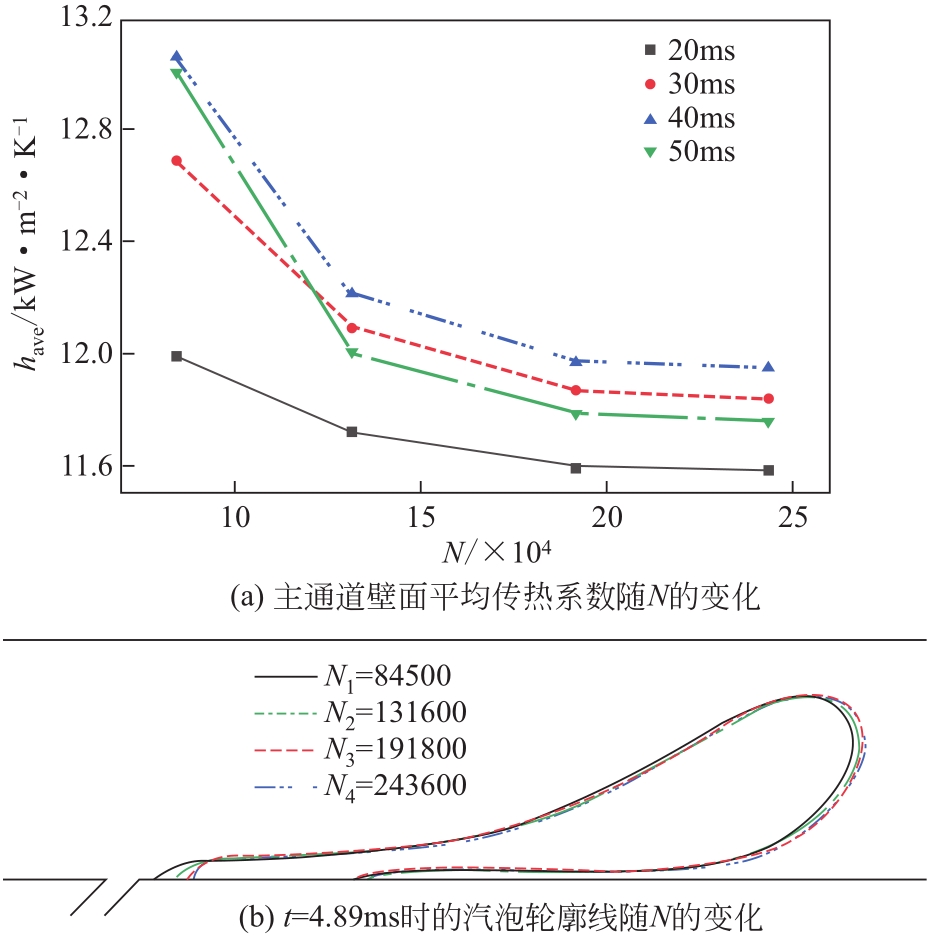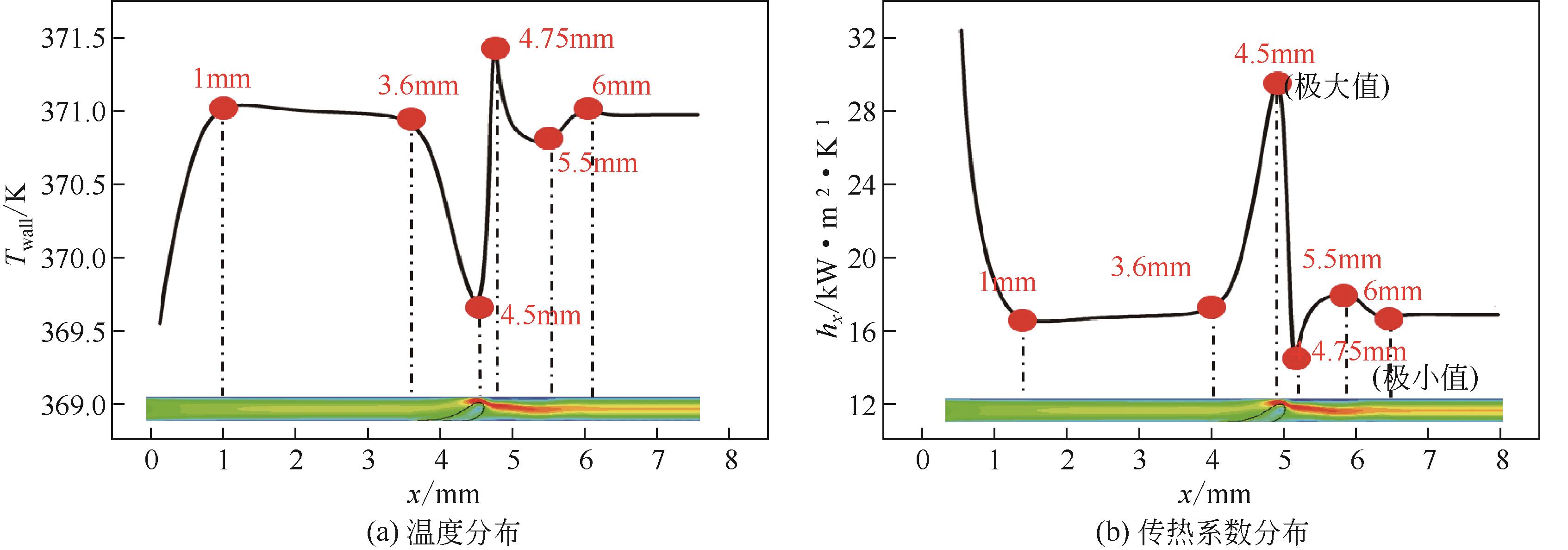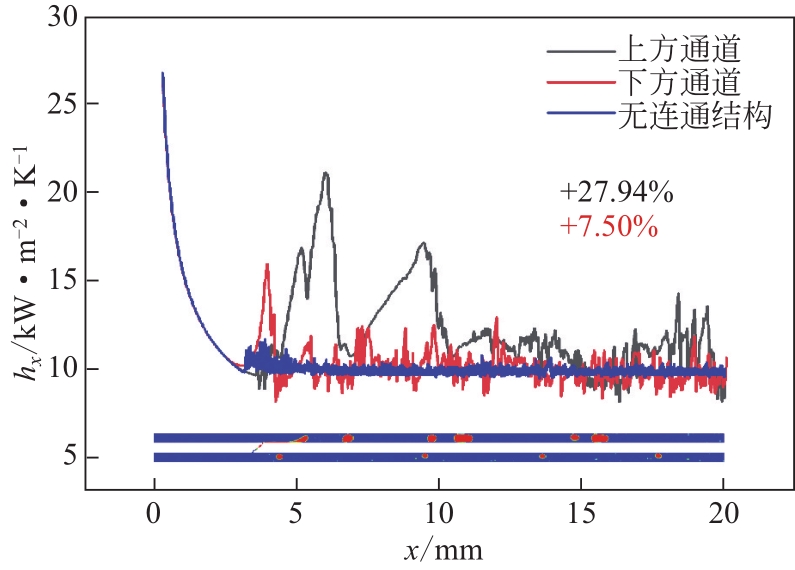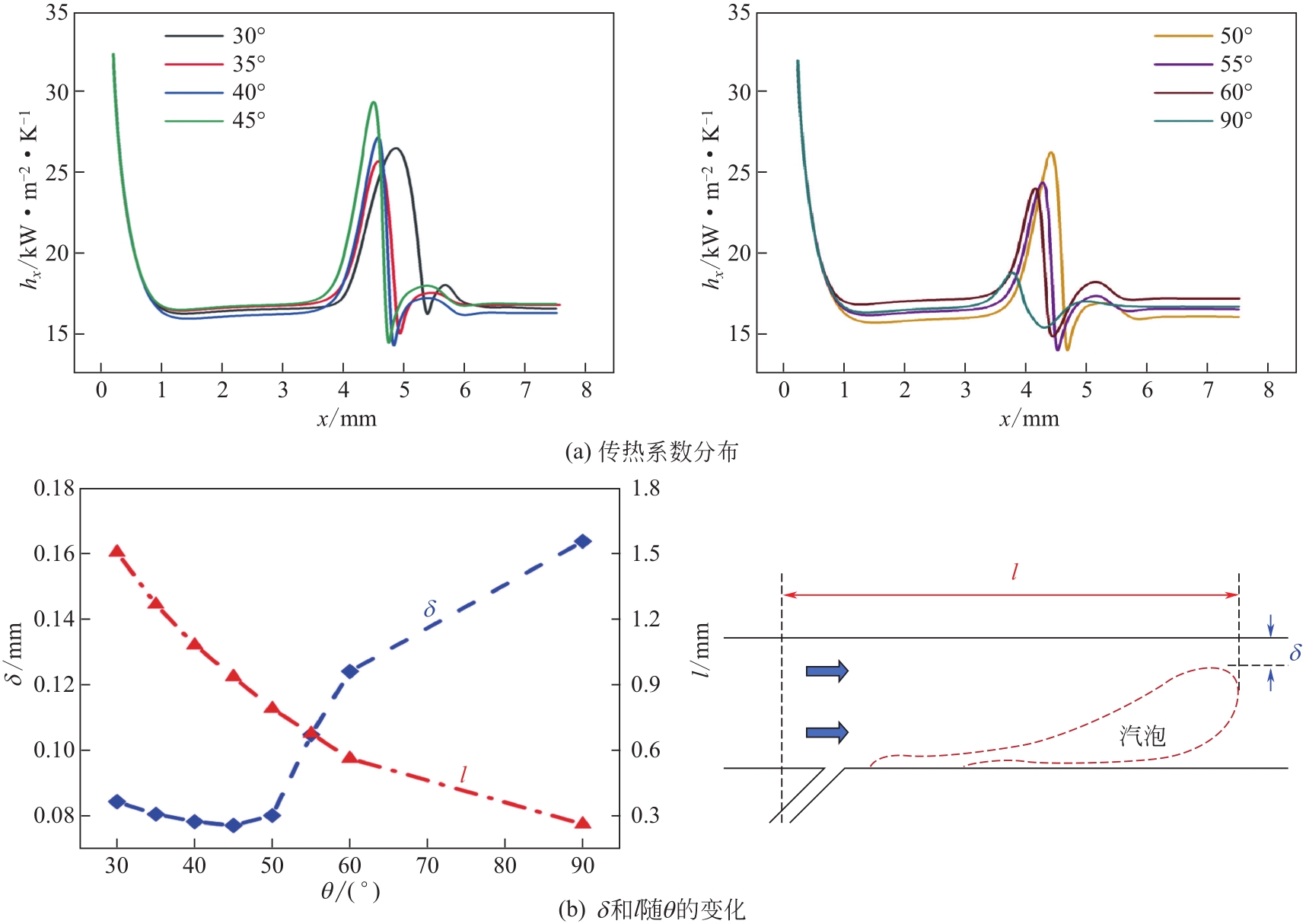| 1 |
COURTLAND R. Moore’s law’s next step: 10 nanometers[J]. IEEE Spectrum, 2017, 54(1): 52-53.
|
| 2 |
BELHARDJ S, MIMOUNI S, SAIDANE A, et al. Using microchannels to cool microprocessors: a transmission-line-matrix study[J]. Microelectronics Journal, 2003, 34(4): 247-253.
|
| 3 |
JIANG L N, KOO J M, WANG E, et al. Cross-linked microchannels for VLSI hotspot cooling[C]//Proceedings of ASME 2002 International Mechanical Engineering Congress and Exposition, 2002, New Orleans, Louisiana, USA. 2008: 13-17.
|
| 4 |
CHO E S, KOO J M, JIANG L N, et al. Experimental study on two-phase heat transfer in microchannel heat sinks with hotspots[C]//Ninteenth Annual IEEE Semiconductor Thermal Measurement and Management Symposium, IEEE, 2003, San Jose, CA, USA. IEEE, 2003: 242-246.
|
| 5 |
XU Jinliang, GAN Yunhua, ZHANG Dingcai, et al. Microscale heat transfer enhancement using thermal boundary layer redeveloping concept[J]. International Journal of Heat and Mass Transfer, 2005, 48(9): 1662-1674.
|
| 6 |
XU Jinliang, ZHANG Wei, WANG Qiuwang, et al. Flow instability and transient flow patterns inside intercrossed silicon microchannel array in a micro-timescale[J]. International Journal of Multiphase Flow, 2006, 32(5): 568-592.
|
| 7 |
MEGAHED A. Experimental investigation of flow boiling characteristics in a cross-linked microchannel heat sink[J]. International Journal of Multiphase Flow, 2011, 37(4): 380-393.
|
| 8 |
汤宇轩, 夏国栋, 宗露香, 等. 间断型波纹微通道内沸腾换热特性研究[J]. 工程热物理学报, 2020, 41(12): 3008-3013.
|
|
TANG Yuxuan, XIA Guodong, ZONG Luxiang, et al. Investigation of boiling heat transfer characteristics in intermittent wavy microchannels[J]. Journal of Engineering Thermophysics, 2020, 41(12): 3008-3013.
|
| 9 |
党超, 贾力, 杞卓琳, 等. 通道结构强化微通道流动沸腾流动与传热[J]. 科学通报, 2019, 64(23): 2450-2462.
|
|
DANG Chao, JIA Li, QI Zhuolin, et al. Flow and heat transfer characteristics of microchannel flow boiling enhancement with channel configurations[J]. Chinese Science Bulletin, 2019, 64(23): 2450-2462.
|
| 10 |
MA Jiaxuan, LI Wenming, REN Congcong, et al. Realizing highly coordinated, rapid and sustainable nucleate boiling in microchannels on HFE-7100[J]. International Journal of Heat and Mass Transfer, 2019, 133: 1219-1229.
|
| 11 |
HUANG Guanghan, LI Wenming, MA Jiaxuan, et al. High-frequency alternating nucleate boiling of water enabled by microslot arrays in microchannels[J]. International Journal of Heat and Mass Transfer, 2020, 150: 119271.
|
| 12 |
CHENG Xiao, WU Huiying. Improved flow boiling performance in high-aspect-ratio interconnected microchannels[J]. International Journal of Heat and Mass Transfer, 2021, 165: 120627.
|
| 13 |
KANDLIKAR S G, KUAN W K, WILLISTEIN D A, et al. Stabilization of flow boiling in microchannels using pressure drop elements and fabricated nucleation sites[J]. Journal of Heat Transfer, 2006, 128(4): 389-396.
|
| 14 |
MORSHED A K M M, YANG F H, YAKUT ALI M, et al. Enhanced flow boiling in a microchannel with integration of nanowires[J]. Applied Thermal Engineering, 2012, 32: 68-75.
|
| 15 |
罗小平, 张超勇, 章金鑫, 等. 针状电极作用下的微细通道流动沸腾传热[J]. 化工进展, 2019, 38(8): 3517-3524.
|
|
LUO Xiaoping, ZHANG Chaoyong, ZHANG Jinxin, et al. Flow boiling heat transfer enhancement in microchannels under needle electrode[J]. Chemical Industry and Engineering Progress, 2019, 38(8): 3517-3524.
|
| 16 |
XU Fayao, WU Huiying, LIU Zhenyu. Flow patterns during flow boiling instability in silicon-based pin-fin microchannels[J]. Journal of Heat Transfer, 2018, 140(3): 031501.
|
| 17 |
杜保周, 李慧君, 郭保仓, 等. 微肋阵通道流动沸腾换热与压降特性[J]. 化工学报, 2018, 69(12): 4979-4989.
|
|
DU Baozhou, LI Huijun, GUO Baocang, et al. Flow boiling heat transfer and pressure drop characteristics in micro channel with micro pin fins[J]. CIESC Journal, 2018, 69(12): 4979-4989.
|
| 18 |
姚鑫宇, 程潇, 王晗, 等. 铜基正弦波微通道内流动沸腾传热特性试验研究[J]. 化工学报, 2020, 71(4): 1502-1509.
|
|
YAO Xinyu, CHENG Xiao, WANG Han, et al. Experimental investigation on flow boiling heat transfer in sinusoidal wavy copper microchannels[J]. CIESC Journal, 2020, 71(4): 1502-1509.
|
| 19 |
HIRT C W, NICHOLS B D. Volume of fluid (VOF) method for the dynamics of free boundaries[J]. Journal of Computational Physics, 1981, 39(1): 201-225.
|
| 20 |
HARDT S, WONDRA F. Evaporation model for interfacial flows based on a continuum-field representation of the source terms[J]. Journal of Computational Physics, 2008, 227(11): 5871-5895.
|
| 21 |
SATO Y, NIČENO B. A sharp-interface phase change model for a mass-conservative interface tracking method[J]. Journal of Computational Physics, 2013, 249: 127-161.
|
| 22 |
RATTNER A S, GARIMELLA S. Simple mechanistically consistent formulation for volume-of-fluid based computations of condensing flows[J]. Journal of Heat Transfer, 2014, 13(7): 071501.
|
| 23 |
LEE W H, LYCZKOWSKI R W. The basic character of five two-phase flow model equation sets[J]. International Journal for Numerical Methods in Fluids, 2000, 33(8): 1075-1098.
|
| 24 |
PRAJAPATI Y K, PATHAK M, KHAN M K. A comparative study of flow boiling heat transfer in three different configurations of microchannels[J]. International Journal of Heat and Mass Transfer, 2015, 85: 711-722.
|
| 25 |
PRAJAPATI Y K, PATHAK M, KHAN M K. Numerical investigation of subcooled flow boiling in segmented finned microchannels[J]. International Communications in Heat and Mass Transfer, 2017, 86: 215-221.
|
 ), YAO Yuanpeng1,2, WU Huiying1(
), YAO Yuanpeng1,2, WU Huiying1( )
)








